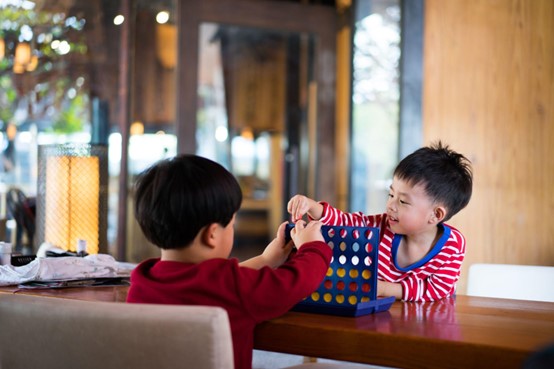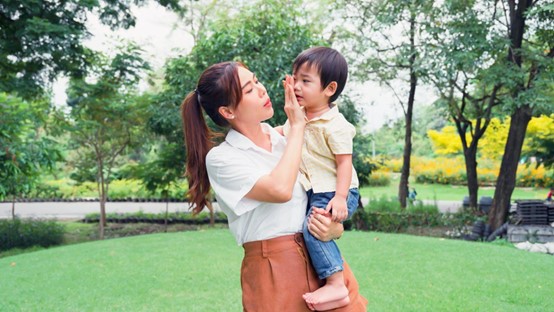Source:Registered Clinical Psychologist, Yiu Fong Lee
Sometimes, when parents go out with their children, they often encounter situations where the children are having a great time but then start crying and refuse to go home. They cry uncontrollably, regardless of whether we try to coax them, punish them, or explain the reasons. They may continue crying persistently, and we really don’t know what to do. How can we handle such situations with our children?
First, we need to understand the child’s emotions and ask about the reasons behind their reluctance to go home. What is the reason that makes them not want to go home? Do they want to continue playing? Parents can say to them, “I also want to know what happened. Why don’t you tell me?” Sometimes, in clinical practice, we may hear several different possibilities. For example, the child may say, “I’m very happy because it’s really fun here, and I want to keep playing,” or “I’m scared to go home because I’ll have to do homework or study,” or “I’m afraid of some relatives at home because they might scold me.” By understanding the reasons, we can help the child express their emotions.
The mother can respond by saying, “Mom hears you. You want to continue experiencing this feeling of happiness,” or “Mom hears you. You’re afraid of studying or feel a lot of pressure with exams,” or a third response could be, “You feel scared of certain people at home, and it seems like you’re not happy being around them.” Then, we can brainstorm together with the child to find ways to deal with the situations mentioned above.
For example, in the first scenario where the child wants to continue experiencing the happy feeling, we can brainstorm with them about activities they can do at home that would give them the same sense of happiness. For instance, if they enjoy watching TV, playing on a tablet, or playing board games, they can continue engaging in similar activities or play with toys at home once they return.

The second scenario might involve fear of academic pressure and exams. The mother should explain to the child how to cope with study-related stress. For example, they can create a schedule where different tasks or homework are assigned to different times, letting the child know that after effectively completing these tasks, they will have leisure time. Parents can also engage in mindfulness exercises with the child, such as focused breathing or body scanning, allowing them to feel sensations in different parts of their body and helping reduce stress reactions. Parents can practice together with the child, allowing them to relax and not feel overly anxious about studying and exams.
If the issue revolves around the child’s relationship with family members, it is encouraged to allocate more playtime with relatives or engage in activities the child particularly enjoys together with them. It is also important to have moments of quiet listening, to truly understand what the child fears about the elders. We let them express their thoughts and feelings and listen attentively, making the child feel that the parents understand their world and know their needs.
Another approach is to create a behavior-consequence matching chart with the child before going out, as a form of mental preparation. For example, write down the specific time range for visiting an entertainment venue on the chart. If the child can adhere to the schedule and leave the venue on time, they will earn a reward symbol on the chart. This immediate reward could be their favorite food or the opportunity to obtain their favorite toy.

If the child refuses to leave the entertainment venue, throws a tantrum, or arrives home late, we will also assign a negative symbol on the behavior-consequence matching chart, indicating a negative consequence. For example, it could involve taking away all entertainment privileges for the rest of the evening or even not being able to visit their favorite entertainment venue for a week. This behavior-consequence matching chart should be discussed and created together with the child before going out, and its contents should be reviewed after each outing to ensure its appropriateness. Adjustments can be made to the chart, adding or removing consequences, to provide the child with a clear goal to follow, making them realize that they are expected to return home.

